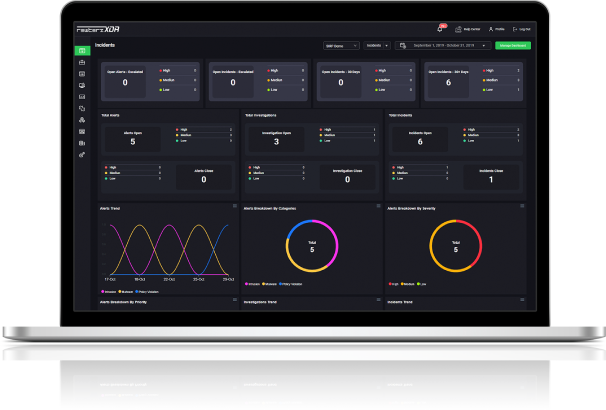

Rewterz Threat Alert – AZORult Malware – Active IOCs
August 16, 2022
Rewterz Threat Alert – BlackCat Ransomware – Active IOCs
August 16, 2022
Rewterz Threat Alert – AZORult Malware – Active IOCs
August 16, 2022
Rewterz Threat Alert – BlackCat Ransomware – Active IOCs
August 16, 2022Severity
Medium
Analysis Summary
The NanoCore remote access Trojan (RAT) was first discovered in 2013 when it was being sold in underground forums. The malware has a variety of functions such as a keylogger, a password stealer which can remotely pass along data to the malware operator. It also has the ability to tamper and view footage from webcams, screen locking, downloading and theft of files, and more.The current NanoCore RAT is now being spread through malspam campaign which utilizes social engineering in which the email contains a fake bank payment receipt and request for quotation. The emails also contain malicious attachments with .img or .iso extension. The .img and .iso files are used by disk image files to store raw dumps of either magnetic disk or optical disc. Another version of NanoCore is also distributed in phishing campaigns leveraging specially-crafted ZIP files which is designed to bypass secure email gateways. The malicious ZIP file can be extracted by certain versions of PowerArchiver, WinRar, and older 7-Zip. The stolen information is sent to the command and control (C&C) servers of the malware attacker.
Impact
- Credential Theft
- Unauthorized Access
- Theft of Sensitive Information
- File manipulation
- Remote command execution
- Keylogger
Indicators of Compromise
MD5
- 17ce30979ba650ed7cc977fd515ad563
SHA-256
- 3c603f642865fdcb2682d91ded800e1d4849e100b511f589893af82522b71052
SHA-1
- b49e80126ef63040eccb019659ef802fd0023a5c
Remediation
- Block all threat indicators at your respective controls.
- Search for IOCs in your environment.








